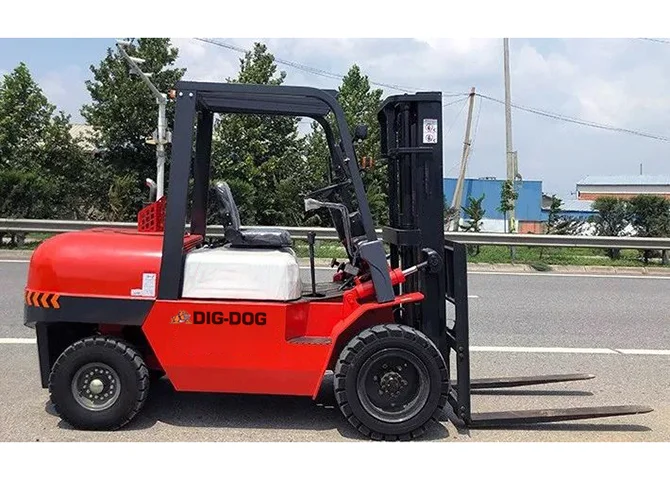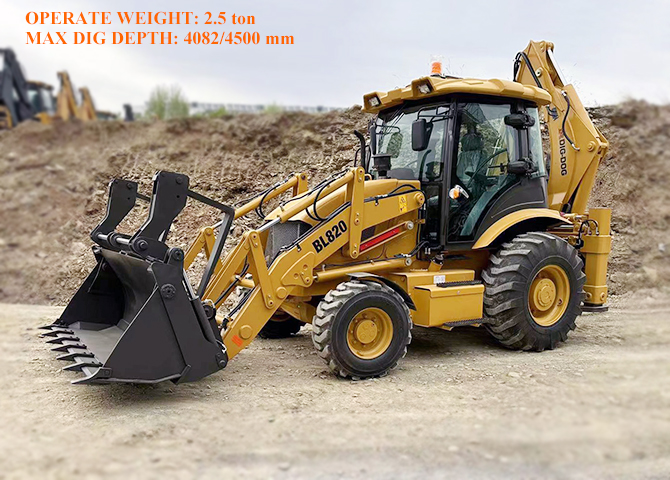Wheel loaders are some of the most versatile heavy equipment, handling all sorts of attachments and applications at all sorts of job sites. They scoop, lift, transport, load, and more. Buying a new wheel loader is an excellent investment in your fleet’s capabilities and productivity, but it can also be a little confusing because there are so many different wheel loader models and sizes.
There are four basic size classes, and deciding which one you need is a starting step when you’re buying a new wheel loader:
- Compact wheel loaders: Max 80 horsepower (HP)
- Small wheel loaders: 81-150 HP
- Mid-range wheel loaders: 151-200 HP
- Heavy wheel loaders: 201+ HP
Here are some things to think about when buying a new wheel loader to help ensure you invest in the right machine every time. And of course, talk to your dealer about the intended applications, job sites, and load types for some expert guidance.
Advice for Buying a New Wheel Loader
- Consider the operating capacity. This includes the bucket size, breakout force, and lift capacity. Check the horsepower and the tipping load. Know what materials the machine will work with, how much it will have to move on a daily basis, and what other machines it will have to work with (how many passes will it take to load your trucks?).
- Weight matters, but so does counterweight. A wheel loader’s weight has a lot to do with its power. But adding a counterweight is important too, affecting the equipment’s lift capacity, stability, and traction.
- Check out the protective components. You want a machine that will last. Don’t overlook things like light shields, guard screens, and protection for hydraulic hoses when you’re evaluating new wheel loaders.
- Know what size and type of bucket you need. Take a look at this post on choosing the right wheel loader bucket to get better acquainted with the options.
- Decide what type of arm is best. Wheel loaders have three types of arm configuration: Z-bar (a popular choice, particularly if the machine won’t be used much for material handling); XT (ideal for machines that will be doing a lot of material lifting with forks); and XR (for extended reach, commonly used at farming and agricultural sites and for reaching high bins).
- Consider a quick coupler and auxiliary hydraulics. This is a good investment if you want to maximize the wheel loader’s versatility by accommodating a wide variety of attachments.
- Choose an easily serviced machine. Details like highly accessible maintenance points and eye-level fluid gauges go a long way toward minimizing service time.
- Look for an operator-friendly cab. Read up on what to look for in heavy equipment cabs, and choose a new wheel loader that promotes safety, visibility, efficiency, comfort, and productivity.
- Acquire from a trusted heavy equipment dealer. Make sure you buy from a dealer you trust to advise you on the smartest purchases, and who offers unmatched ongoing maintenance, service, and support from highly trained customer service personnel and technicians.
 A Ultimate Guide to Clamp Forklifts and Attachments
A Ultimate Guide to Clamp Forklifts and Attachments
 How To Choose The Right Compact Wheel Loader
How To Choose The Right Compact Wheel Loader
 How Much Does a Forklift Weigh?
How Much Does a Forklift Weigh?
 How Much Does a Backhoe Weigh
How Much Does a Backhoe Weigh